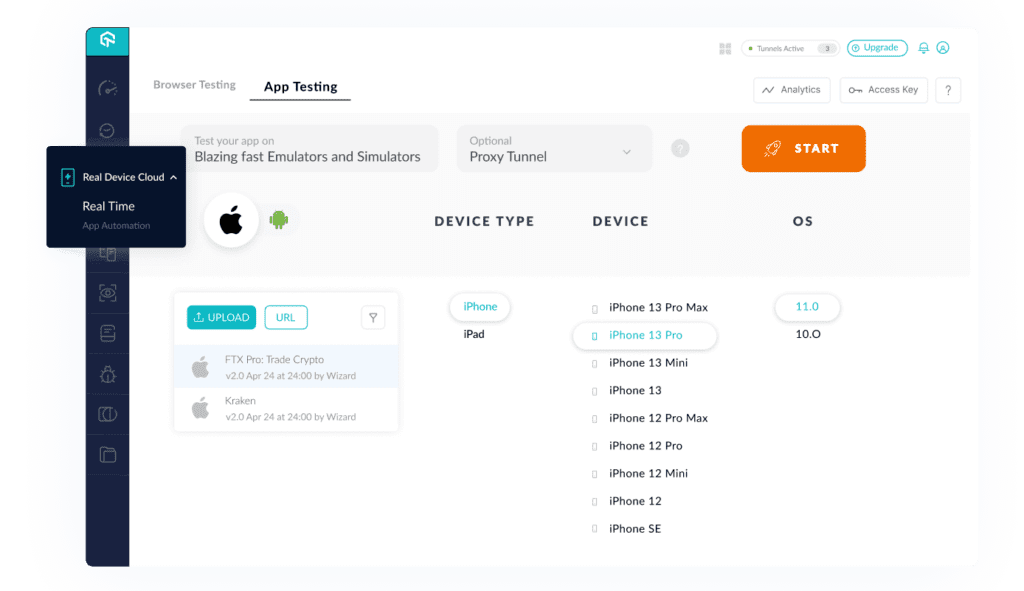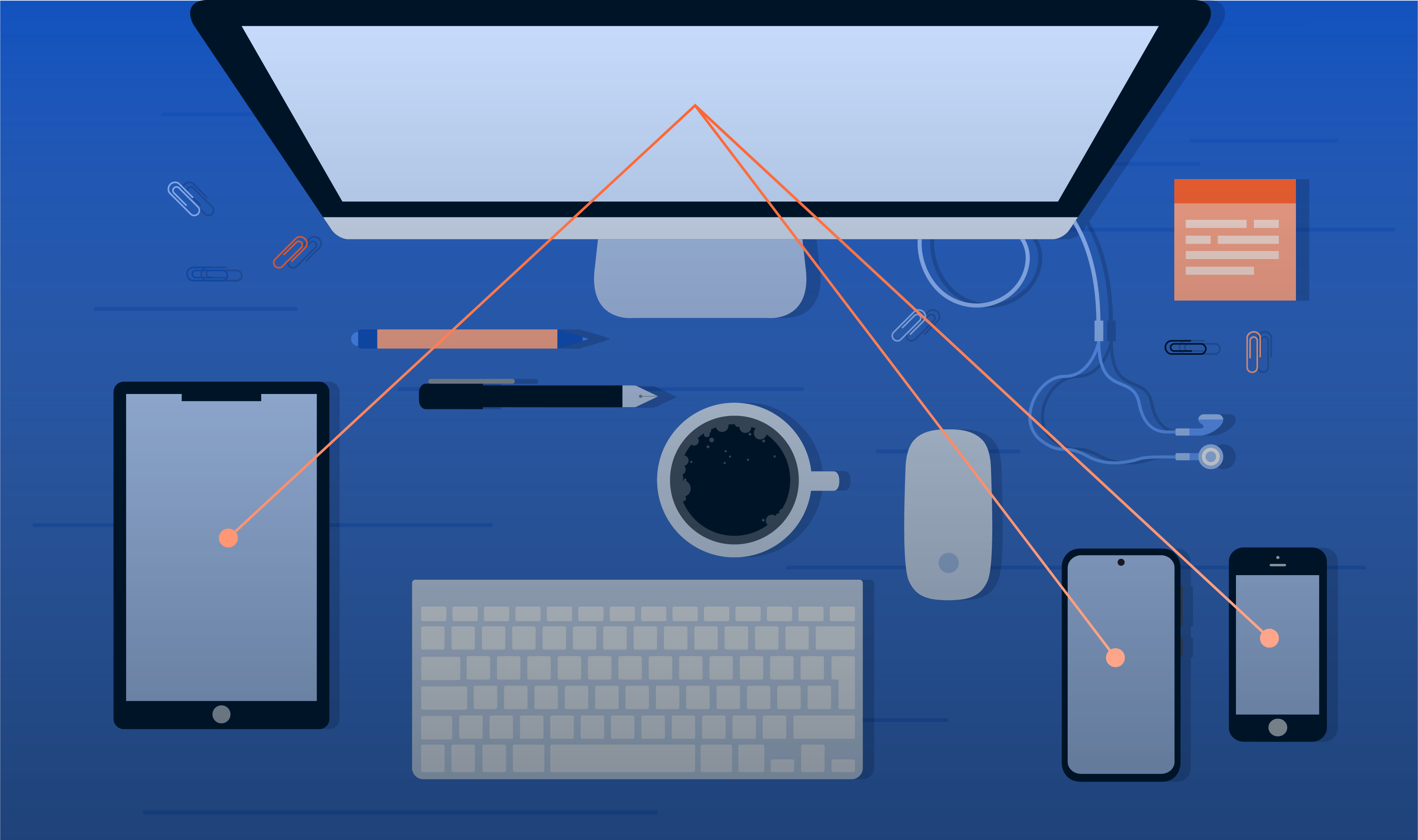Lambda Test, one of our latest testing tools, is revolutionising how we approach new testing requirements. As QA team lead at Polymorph, I’d like to share my experiences with this incredible tool and the benefits it has brought to our custom software development testing efforts.
Despite being in its infancy stages within our testing team, LambdaTest has already significantly impacted our approach. It has unveiled previously undiscovered defects and allowed us to cover multiple conditions across various devices, all in one place.
Let’s delve deeper into the key features and advantages. At the heart of Lambda Test for us at Polymorph is the “real device” testing it offers.
Real Device QA Testing
Real device testing allows us to:
- access and test a vast array of real mobile devices through streaming from remote data centres that hosts these multiple devices
- eliminate the need to physically poses multiple devices across various brands and by multiple QA engineers
- save a substantial amount of money
- simulate and test our applications on different devices with diverse technical requirements, all from one place.
Lambda Test also empowers us to explore various operating systems, providing valuable insights into the minimum viable OS required for our applications. Additionally, it enables us to identify potential compatibility issues on higher OS versions that might hinder the performance of the user’s device.
With Lambda Test, we can also simulate different screen sizes and interact with geolocation settings to ensure our applications perform optimally under different conditions. We are able to log defects directly through their integrations into our project management tools, and all team members get notified.
One remarkable aspect of Lambda Test is its ability to accept application files for both iOS and Android (APKs and IPAs). Allowing testers to upload APK and IPA files directly after builds has saved time from deployment, to file, to installation, and to testing.

There is also a nifty feature called data centre tunnelling. With this, we are able to choose which locations to run our tests from, and the various locations also allow access to other brands that might not be available in other regions.
Lambda Test operates on a subscription-based model, offering licenses based on the number of tests you wish to run in parallel. While it may initially be frustrating to have limited testing access if the team is large, with clear testing objectives and goals in mind, an informed decision can be made about the tool.
Scaling up the license count still proves to be more cost-effective than previously mentioned physical devices, coupled with the elimination of device care, warranties, asset lists, and logistics around devices, making Lambda Test a wise investment in the long run.
While we’re primarily focusing on Lambda Test’s impact on “Real Device” testing at Polymorph, it’s important to note that the tool offers a wide range of features beyond real device testing. This versatility ensures Lambda Test can support other QA testing scenarios and needs and serve as a comprehensive testing solution.
Final Thoughts
Lambda Test has quickly established itself as one of the keys to effective testing in Polymorph. Its real device testing capabilities, coupled with the convenience of our own internal sandbox and staging testing approaches, have streamlined our testing processes. Having early detection of defects and iteratively releasing allows us to learn fast. As we continue to explore Lambda Test’s full potential, we anticipate further improvements in the quality and efficiency of our testing efforts at Polymorph.



